The longest cycle tunnel was opened on 15 April in the town of Bergen, Norway. In addition to the recreational function, the structure will also be an important part of the traffic infrastructure.
The Bergen tunnel is the longest such project created for cyclists. It is almost 3 km long, connecting the Minde and Fyllingsdalen estates. The structure is six metres wide – 3.5 metres are intended for cyclists, and 2.5 metres for pedestrians. It takes cyclists approximately 10 minutes to cross the tunnel and pedestrians approximately half an hour.
According to Bergen authorities, the entire tunnel route has a CCTV system and a public address system to broadcast announcements. Emergency phone columns are available at 250-m intervals. The Fyllingsdalstunnelen is open from 5:30 AM to 11:30 PM.

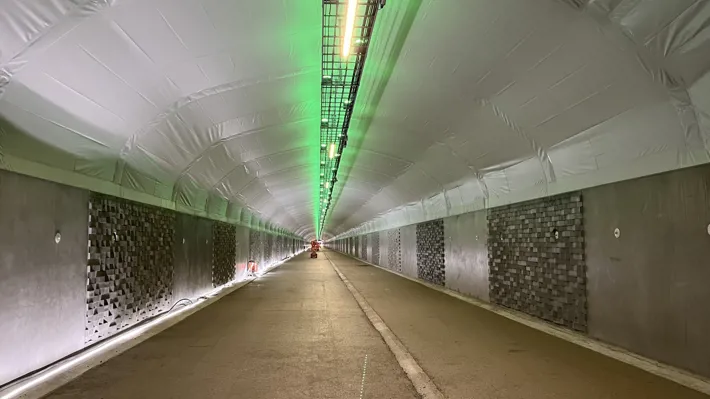
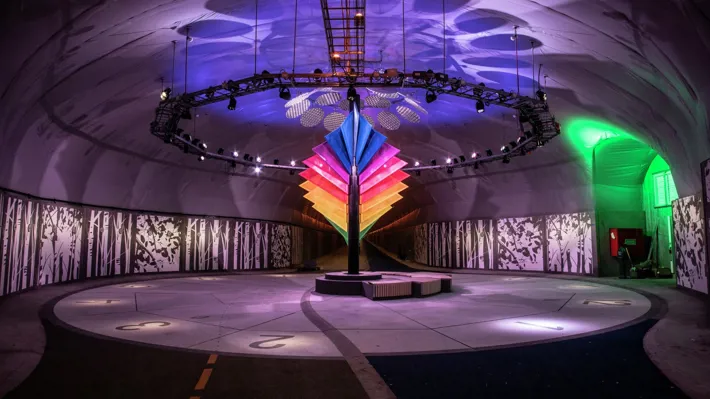
The tunnel as part of the traffic infrastructure
The Fyllingsdalstunnelen was built alongside the construction of the tunnel for trams. The mixed-use path was run in parallel to the last part of Bybanen line 2, from Kristianborg to the Oasen shopping centre.
Thanks to the new project, the route from Fyllingsdalen to the centre of Bergen will be shortened by 8 km, and it will only take 40 minutes by bike. The temperature inside the tunnel will maintained above 7 degrees Celsius. This is good news for all those who would like to walk this route instead of cycling it.
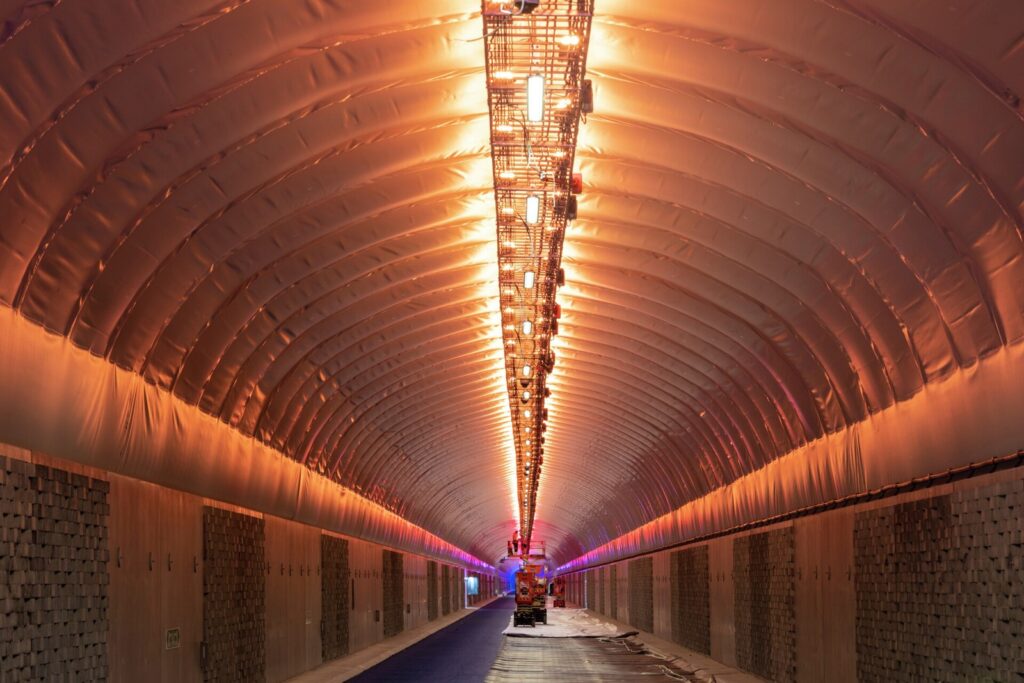
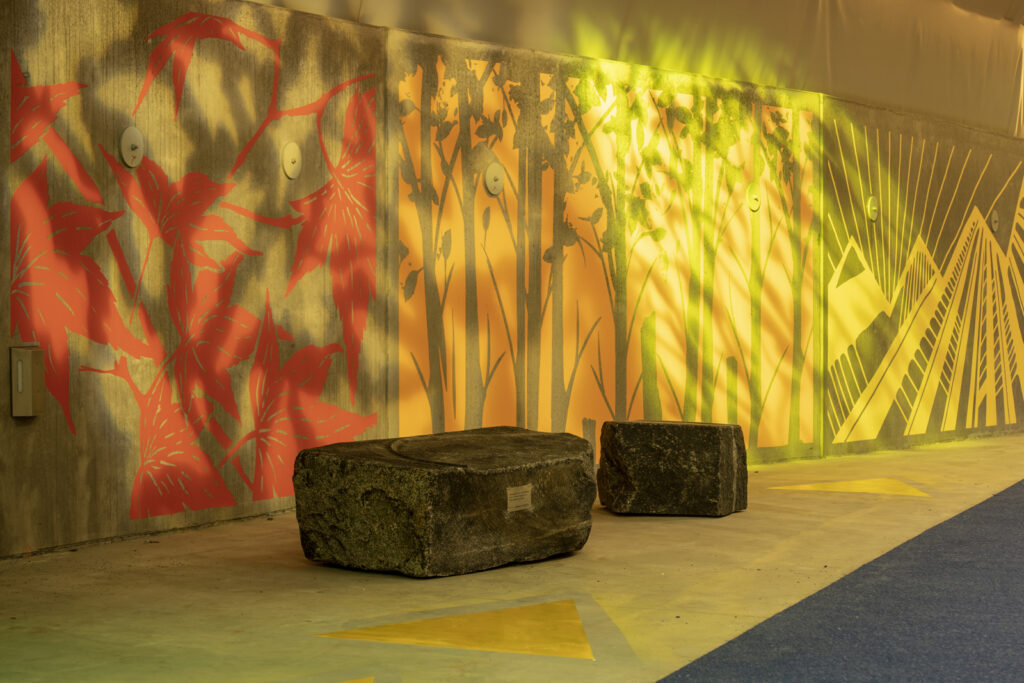

Imaginative, magical, colourful
Everyone who decides to go for a ride or jog will have plenty of attractions. One of them is the light show. Cyclists will get to see the changing colours – from blue to purple, red or green. On their way, they will encounter many frescos, paintings or sculptures. Seats have also been provided in the central part of the tunnel. There is also some beautiful scenery here. You will be able to enjoy the sight of an enormous tree-shaped sculpture with rainbow-coloured branches hung with varicoloured lights.
Architecture in the service of the public
Bergen is one of the most attractive Norwegian cities. It is famous for projects that promote a healthy lifestyle and environmental protection. Thanks to their latest project, the residents of Bergen will have it even easier to move around the city without using cars. The route is designed to reduce the traffic of motor vehicles and, consequently, reduce so-called low-stack emissions from road transport.
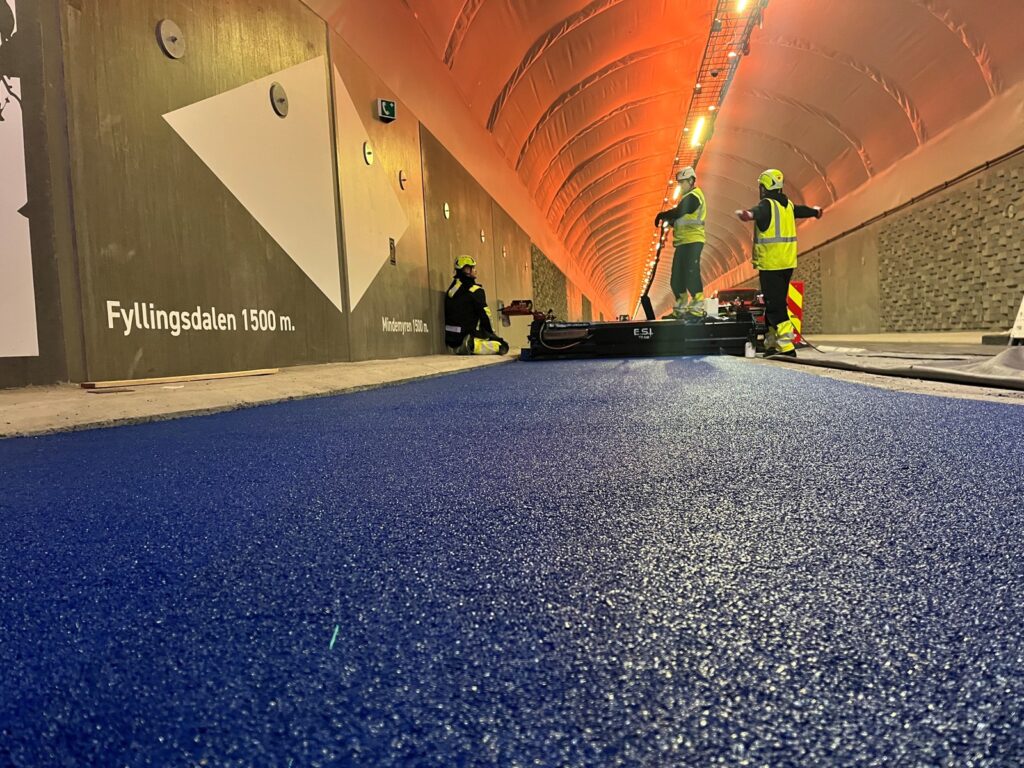
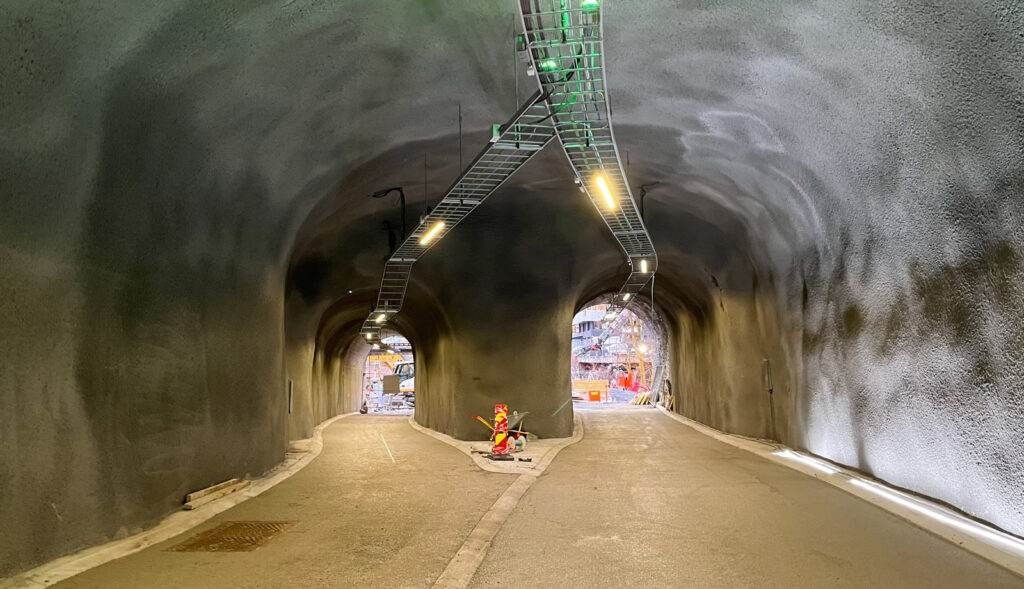
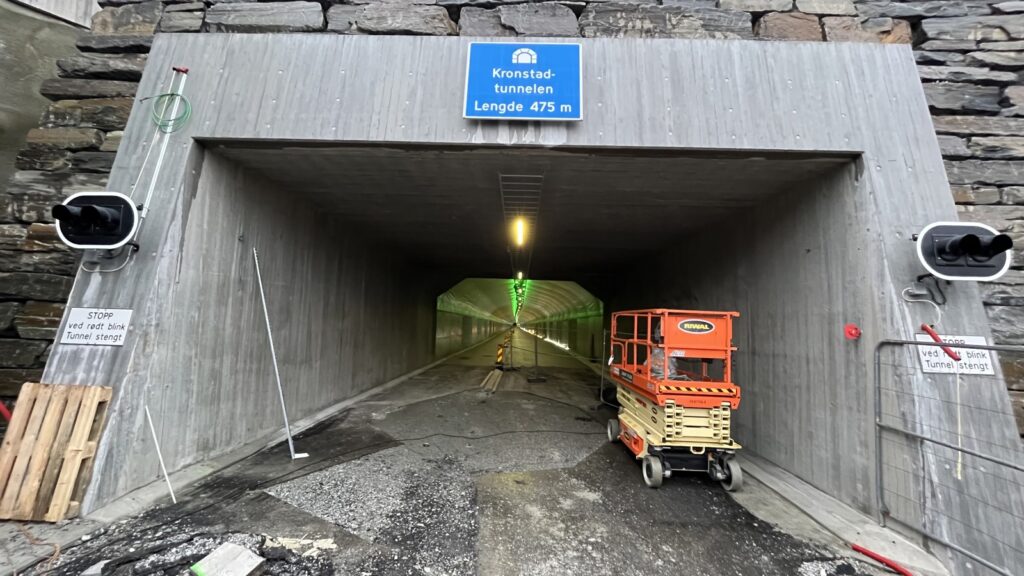
The Fyllingsdalstunnelen is another proof that changes in infrastructure follow the changes in society, and they do so on two wheels.
“Many people will also be able to train there. The project provides many great opportunities to organise races and competitions” – says Rune Bakervik, head of the city council.












